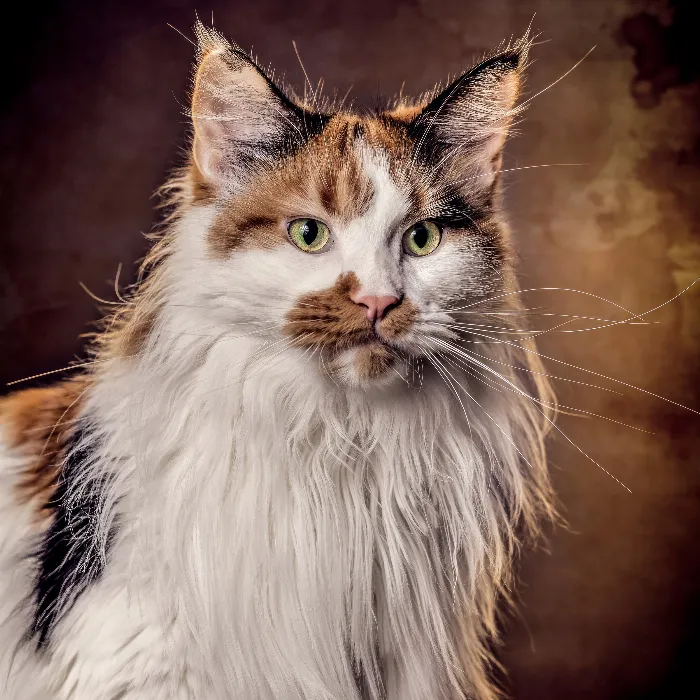Whether you are an experienced photographer or just starting to create epic cat portraits, the right preparation is key. In this chapter, we focus on the essential equipment and techniques you need to capture stunning cat images. You will learn which camera and lenses are best suited, how important the light setup is, and what tools you should have on hand.
Main Insights
- A telephoto lens between 100 and 200 mm is ideal for cat portraits.
- Wireless triggers are essential for controlling flash.
- The choice of background and substrate significantly affects image quality.
Step-by-Step Guide
1. Choose the Right Camera and Lens
For your cat portraits, you first need a camera. It doesn't matter which model you have as long as it offers good image quality. I recommend using a telephoto lens in the range of 100 to 200 mm. Personally, I use a 70-200 mm F4. This gives you nice background blur, even if you are working with an aperture of 4 to 5.6. Keeping a greater distance from your pet reduces the likelihood that the cat will feel threatened by the camera. Many of my images have been shot at a focal length of 200 mm.
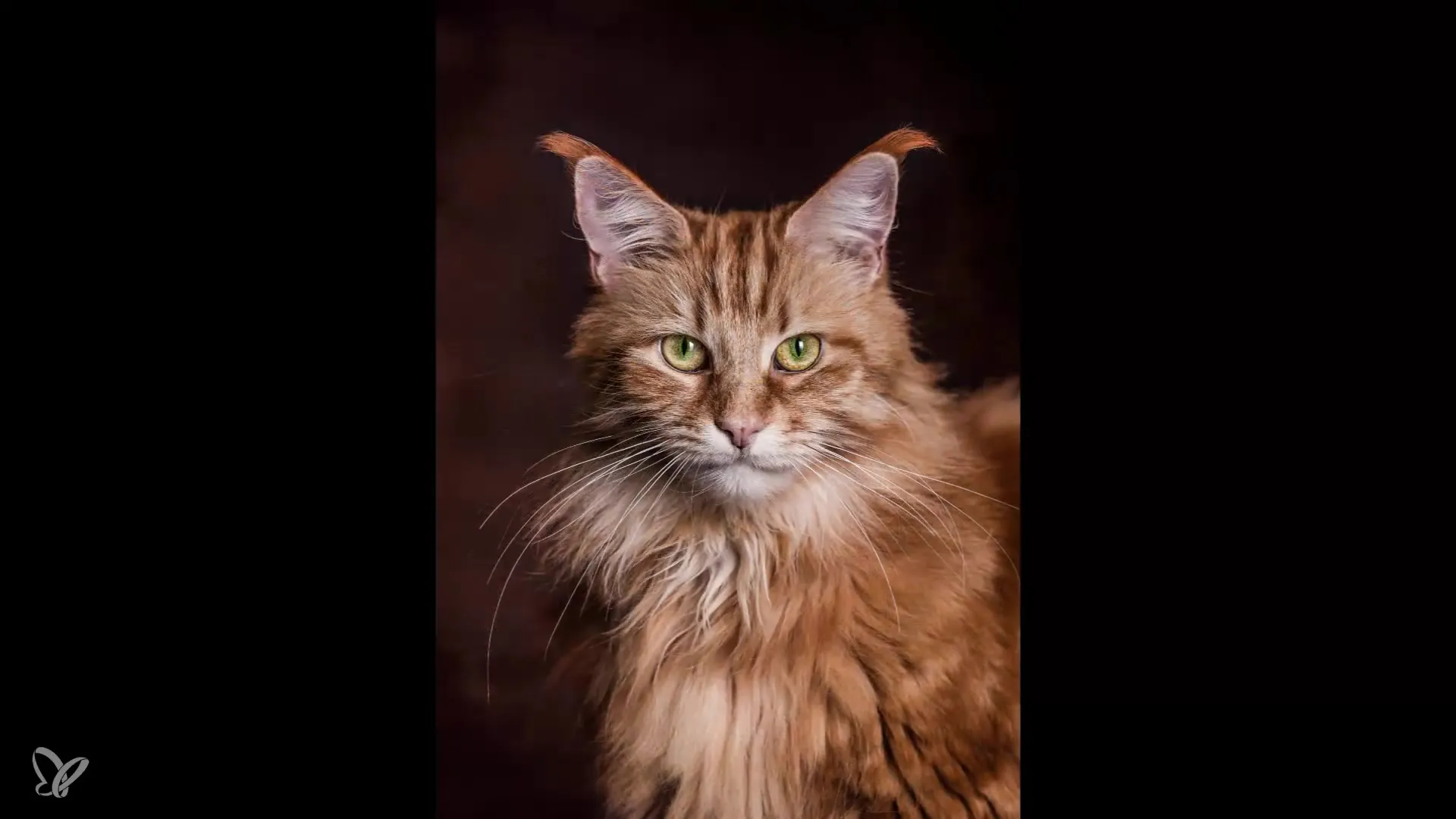
2. Flash System and Wireless Triggers
An important component is the flash system. I often use Yongnuo YN 560-3 flashes that are wirelessly controlled with a wireless trigger. This allows me to adjust the flash intensity without always having to walk back to the flash. These flashes are compact, easy to transport, and perfect for outdoor use. If your flash does not have a built-in wireless trigger, you can use an aftermarket kit.
3. Softbox or Reflector Umbrella
For the main light, I recommend using a softbox. It provides even light distribution, ideal for portrait shooting. I use a 120 x 30 cm softbox, but smaller softboxes or reflector umbrellas are also suitable. While they do not offer the same light control, you can work more cost-effectively with a reflector umbrella. It creates a large lighting area; it is important to use an umbrella holder to mount the flash correctly.
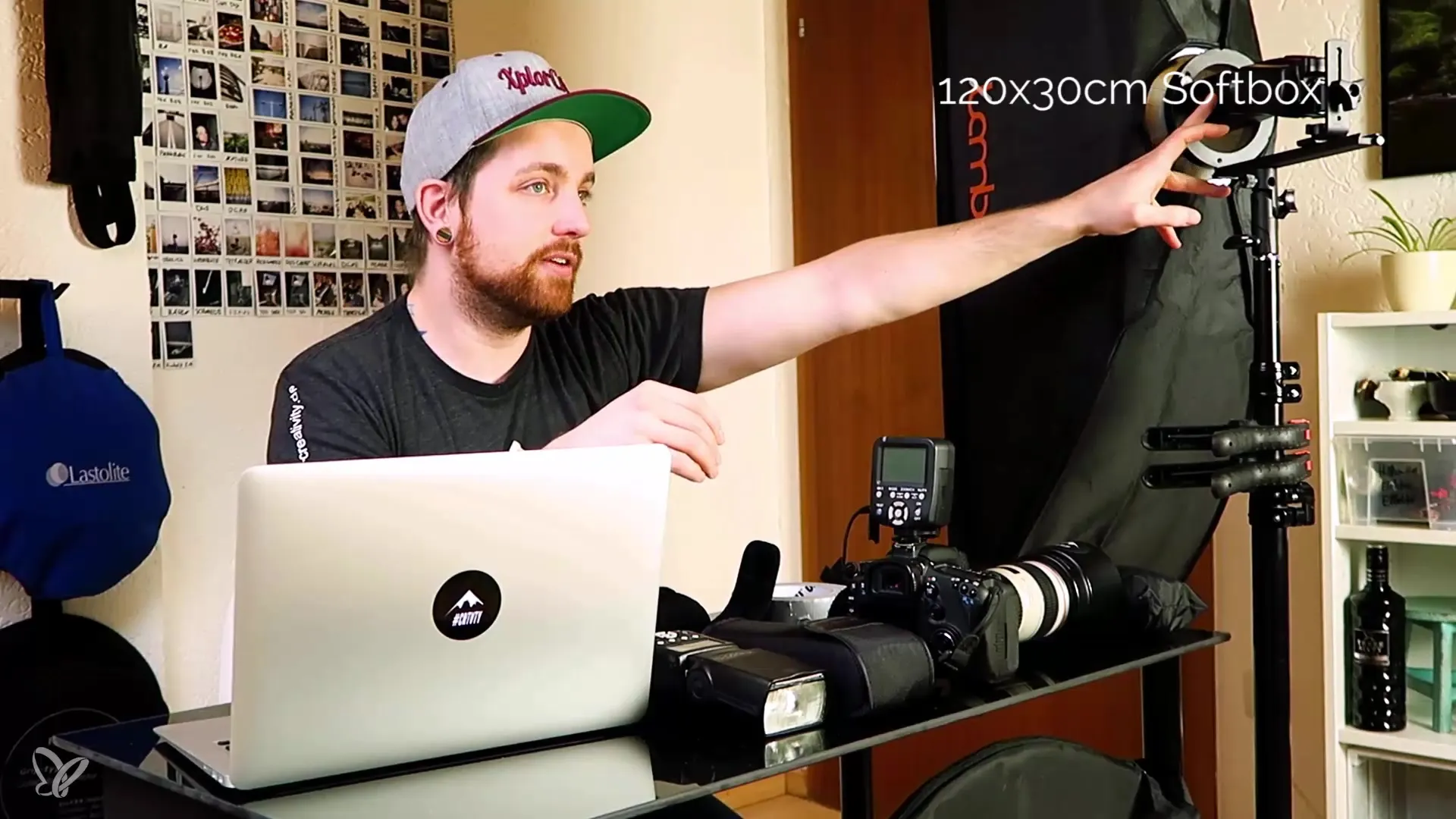
4. Choosing the Background
A suitable background is crucial to image composition. I often use a foldable background that is easy to transport and handle. It is usually available in black and white. You can also choose a classic fabric background, but I prefer the wrinkle-free nature of a foldable background. Ensure that the background has enough distance from the cat to minimize blurriness.
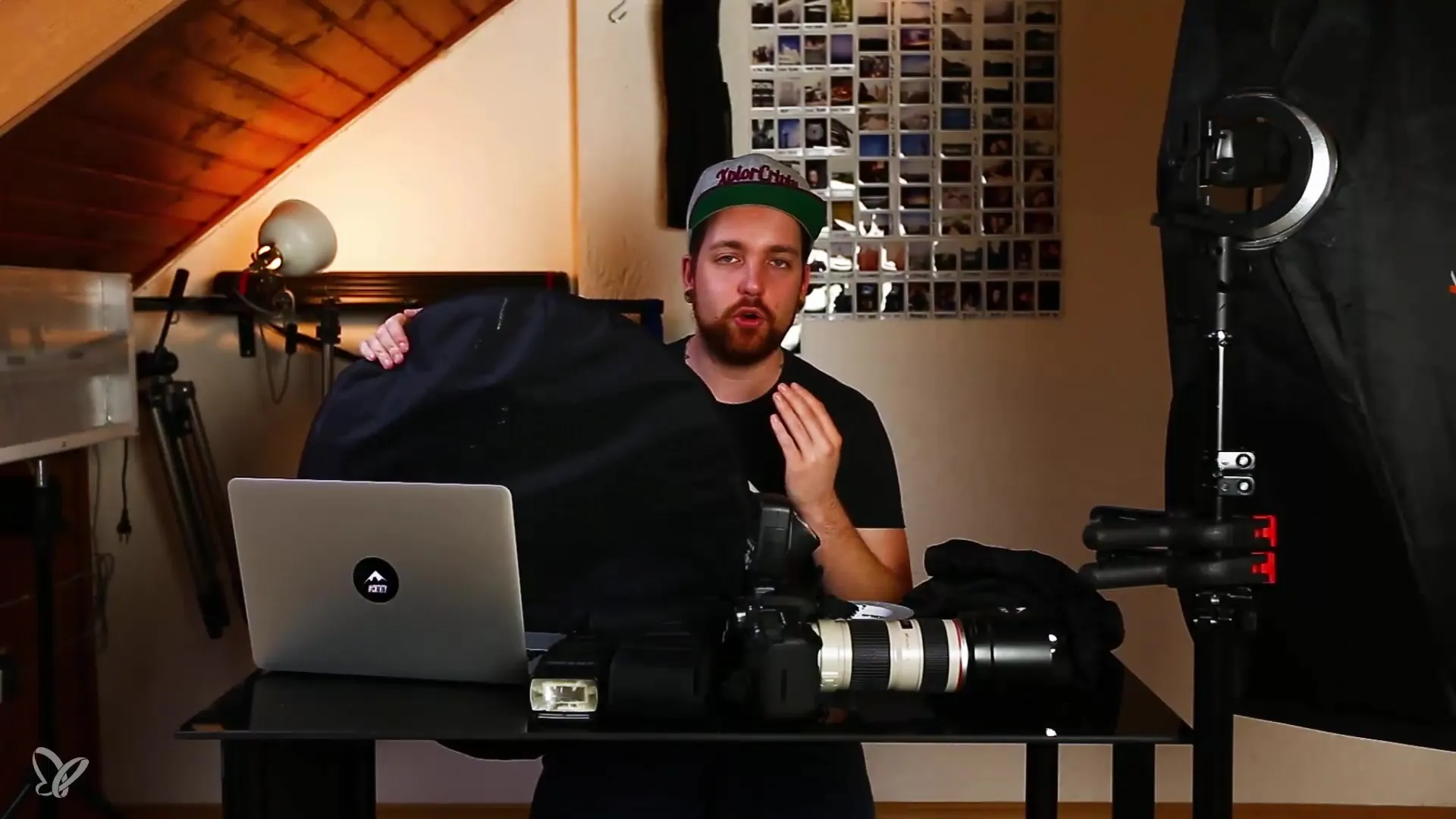
5. The Surface
The surface plays a vital role as it influences the reflection of light on the cat. I recommend placing the cat on a higher platform to manage light more efficiently. A dark surface helps control light reflections and create a clean image. Photo cardboard or dark tablecloths are excellent for achieving the desired effect.
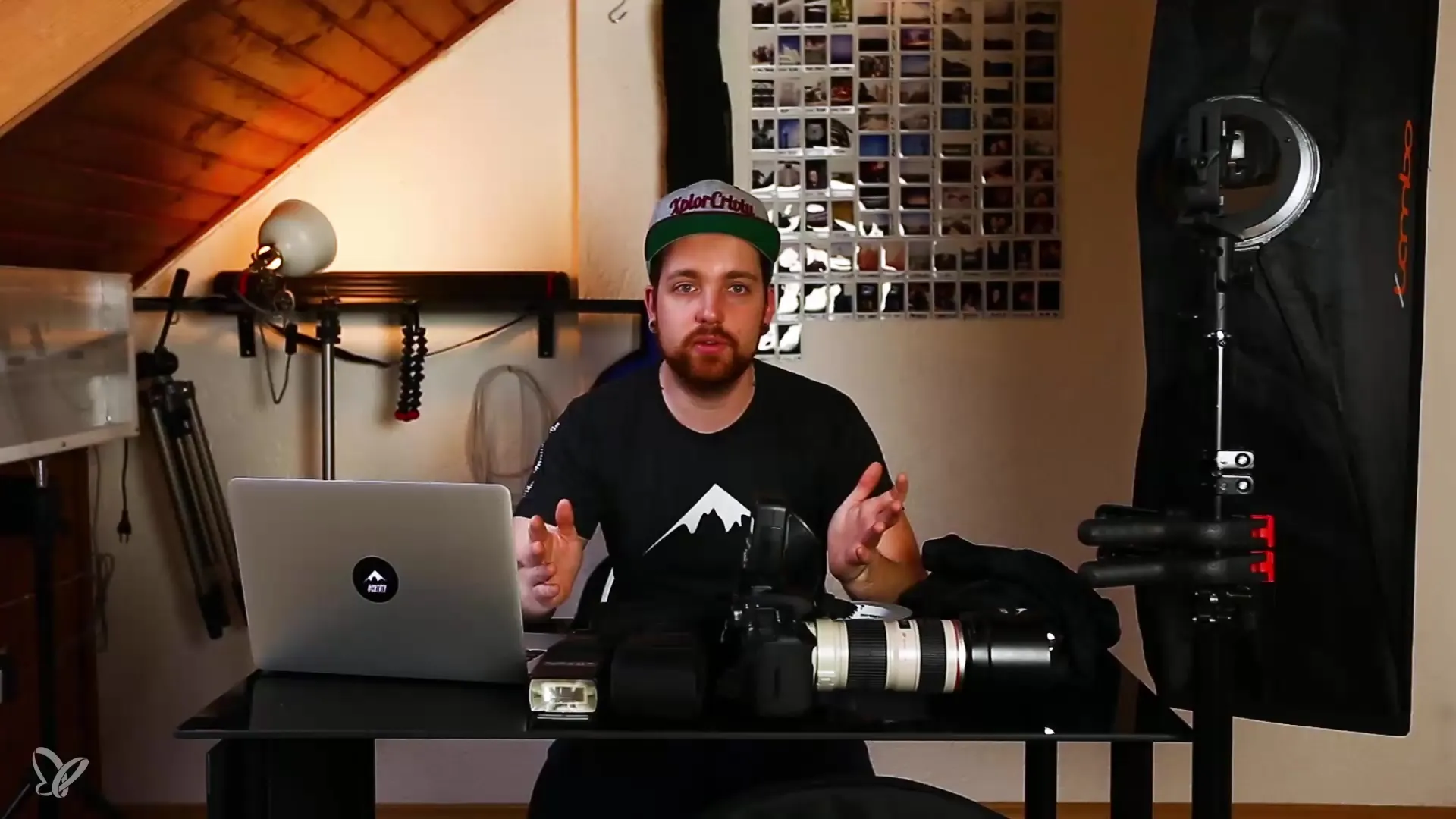
6. Using Diffusers and Clips
Additionally, you should consider how to soften the light. A simple piece of transparent paper can act as a diffuser to make the light less harsh. Clips are also handy for holding materials in place during the shoot in case you run out of tape.
7. Tripod and Light Mount
The light stand is essential for securely mounting flashes or softboxes. Make sure it has a compatible connection to attach flash brackets or softboxes. You don’t need expensive equipment for this; even inexpensive versions are perfectly adequate.
Summary - How to Achieve an Epic Cat Portrait
To create impressive cat portraits, the right equipment is crucial. Use a camera and a telephoto lens, utilize wireless triggers for flash control, and pay attention to the choice of background and surface.
Frequently Asked Questions
Why is a telephoto lens important for cat portraits?A telephoto lens provides a nice background blur and allows you to keep your distance from the animal.
What is the advantage of a wireless trigger?With a wireless trigger, you can control the flashes wirelessly, giving you more flexibility while shooting.
Why should I choose a dark surface?A dark surface helps minimize light reflections and allows for more controlled exposure.
What role does the softbox play in the light setup?The softbox provides softer, more even light distribution, which is beneficial for portraits.
What can I do if I don’t have a diffuser?A simple piece of transparent paper can be used to soften the light just like a diffuser.
